See also this post on the speed of change, and a third post
This blog is a good place to post explanatory data that may never be written up as a paper, or at least a place-holder until I try to formalise the data into a worthwhile contribution.
I like to use the events on the Eocene-Oligocene boundary in SE Sundaland as an indication of how fast sedimentary conditions can change in response to tectono-stratigraphic movement. In 2019 I published a review of East Java and looked closely at data for the sudden appearance of new grabens in basal Oligocene times. These grabens, such as the Central Deep (and also movement in the Barito area of SE Kalimantan), appeared and they trapped sediment that had previously been deposited further east and south. Data on the abrupt nature of stratigraphic change comes from those distal areas.
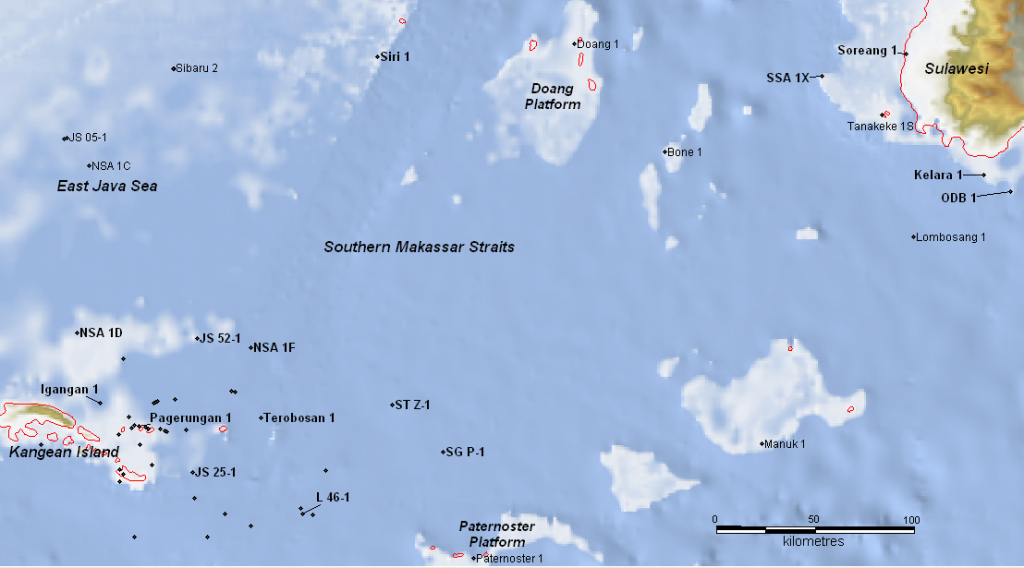
Multiple wells have drilled unbroken sediments over the Eocene-Oligocene boundary in a bathyal setting. What is important is that there is a log break that invariably correlates with the Eocene-Oligocene boundary as seen in microfossil extinctions (not my discovery, noted since at least Robertson Research 1986). This step-like reduction in gamma log values is accompanied by an abrupt reduction in rates of sedimentation. This is shown clearly in the geohistory plot from the Makassar Straits-1 well( MS-1; Lunt and van Gorsel, 2013) and one of the reasons that geohistory or at least age-depth plots are important displays of stratigraphic data.
The gamma log break reflects this sedimentary event and it is a singular step in gamma log values, not a slope. This indicates an abrupt change.
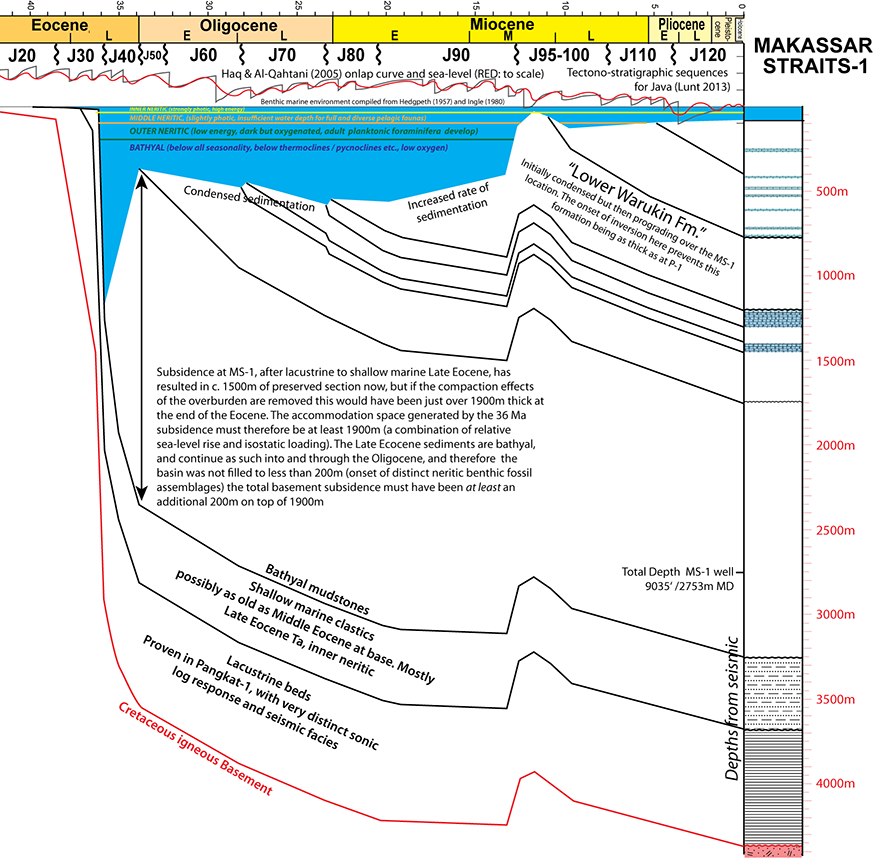
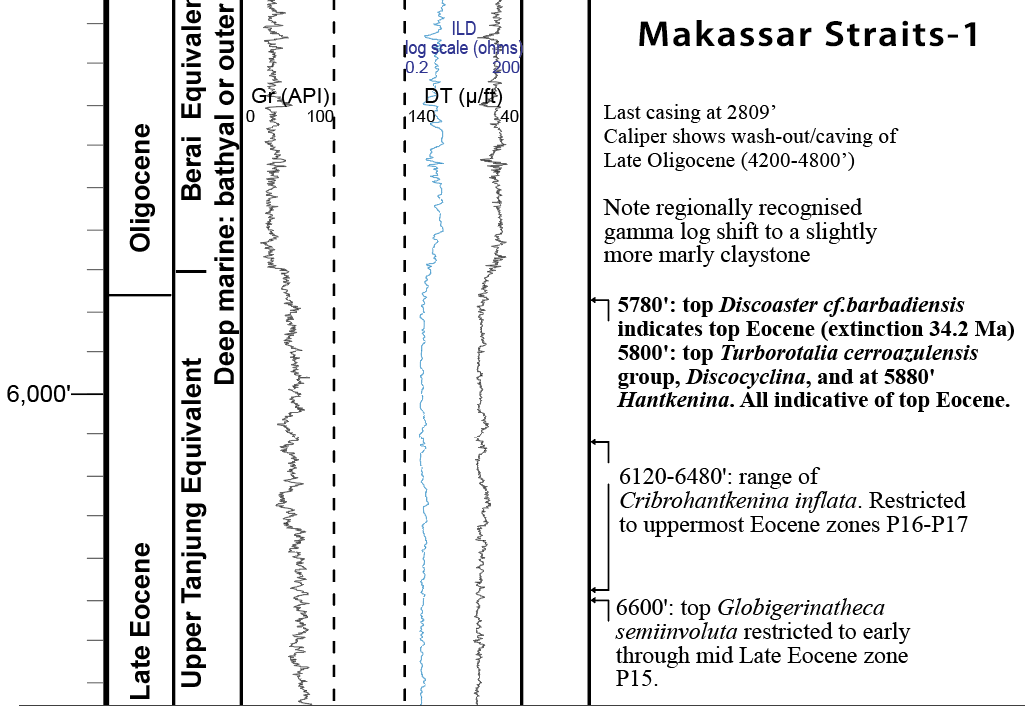
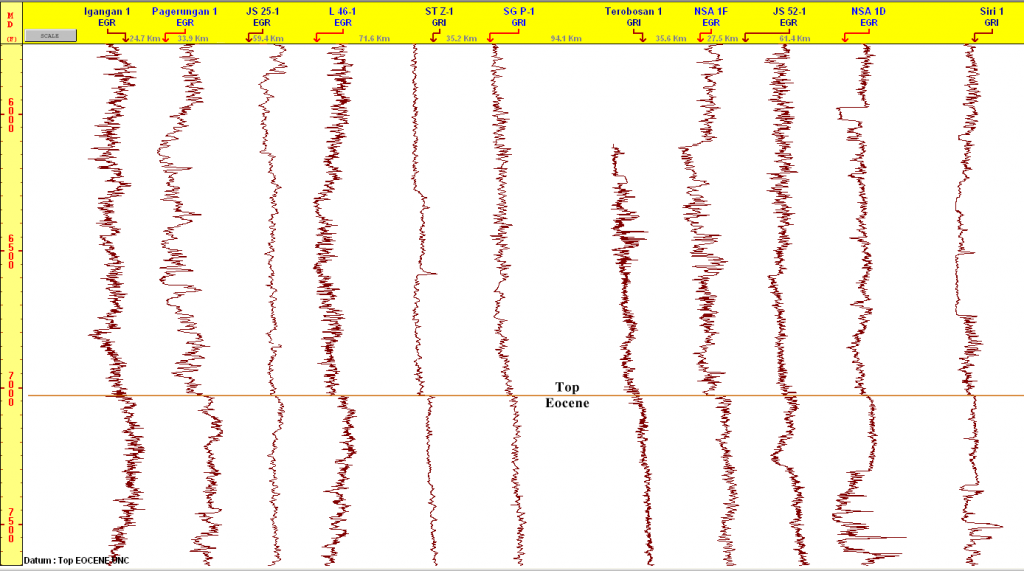
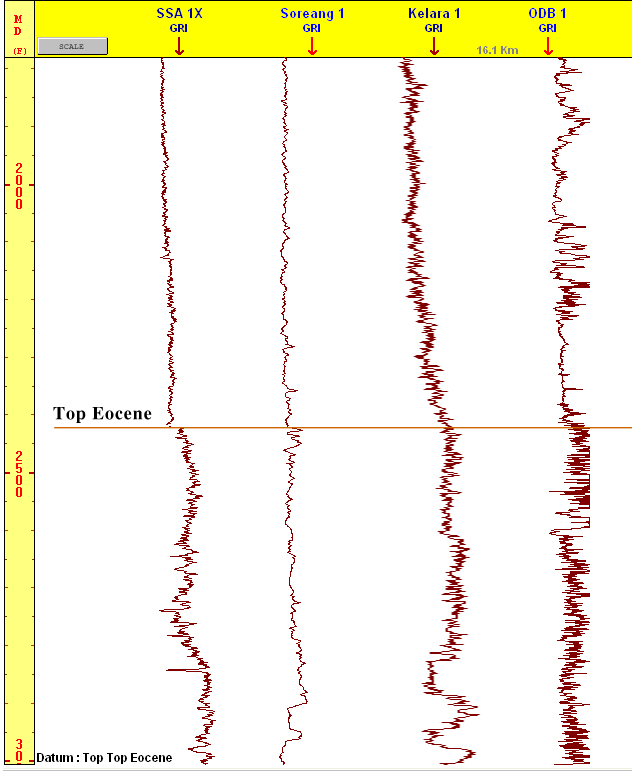

References
Lunt, P., 2019. The origin of the East Java Sea basins deduced from sequence stratigraphy. Marine and Petroleum Geology 105, 17-31
Lunt, P., van Gorsel, J.T., 2013. Geohistory analysis of South Makassar. Berita Sedimentologi 28, 14-52
Robertson Research, 1986. East Java and Java Sea Basinal Area: Stratigraphy, Petroleum Geochemistry and Petroleum Geology., 2 vols.
Be First to Comment